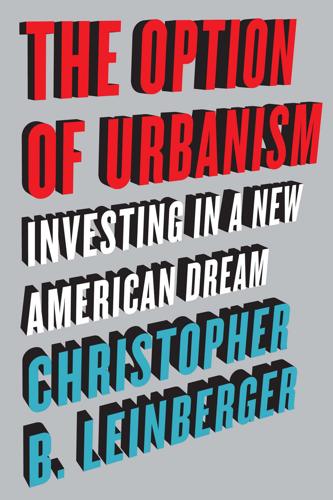
The Option of Urbanism: Investing in a New American Dream
by
Christopher B. Leinberger
Published 15 Nov 2008
There are obvious short-term cost benefits to consumers in this cheaper construction, but the end result is that modern construction quality is generally considered much worse than almost anything built prior to the 1930s Depression.2 There is an obvious irony in this; today’s Americans make three times more in real dollar terms than our ancestors living in the 1920s, yet we can not seem to build buildings of as high quality as those built then.3 Drivable sub-urban for-sale housing development also results in cheaper land costs per dwelling unit if the consumer is willing to “drive until you qualify.” Various studies have shown that for every mile from an employment center a home buyer is willing to drive, the price of the house drops by between 1.5 and 6.0 percent.4 Housing affordability has therefore been directly tied to transportation. “Drive until you qualify” has become the basic American affordable housing policy. Smaller suburban governments allow households to cluster together in relatively homogeneous jurisdictions—the “birds of a feather flock together” phenomenon described in chapter 2.
…
According to Donald Shoup, author of The High Cost of Free Parking, parking policies are responsible for much of the look of development today.6 In summary, the benefits of drivable sub-urbanism have come down to: terrestrial affiliation—having a piece of land to call one’s own, lower costs, due to inherently cheaper construction and infrastructure subsidies, more land, particularly if one is willing to “drive until you qualify,” lower community taxes, improved public schools, privacy, perceived safety, and abundant free parking. Getting better services, privacy, and more house for a lower cost is about as good as it gets. The domestic policy of promoting drivable suburbanism made the decision what could only be called a “no-brainer.”
…
The above calculations were for a typical car-owning family, but the findings become even more grim for a working-class family. A 2006 study of eighteen metropolitan areas throughout the country found that working families spend even more on transportation than on housing, a reflection of the “drive until you qualify” affordable housing strategy.47 “In their search for low-cost housing, working families often locate far from their place of work, dramatically increasing their transportation costs and commute times.” The unintended consequences do not stop there; this means less time with the family, increased traffic congestion for the region, and greater greenhouse gas emissions.

Ghost Road: Beyond the Driverless Car
by
Anthony M. Townsend
Published 15 Jun 2020
Crashes are unheard of, except for the occasional, colossal late-night robot-on-robot interstate pileup. Travel becomes more like following a hyperlink than embarking on a journey. You click where you want to go and then space out for a while until you pop up somewhere else, swiping or sleeping away the hours in between. “Drive until you qualify,” a home buyer’s mantra for the trade-off between cheaper housing and a longer commute, takes on a whole new meaning when software’s at the wheel and the exurban frontier marches ever farther into the hinterlands. The other school of thought shifts our focus from the periphery to the center.
…
But is there a way to turn this threat into an opportunity? Can we couple two seemingly contradictory impacts of automation—the improvement of transit and the subversion of walking—to mobilize a new kind of neighborhood? Could rovers actually help us improve TOD instead of abandoning it? DURING THE HOUSING BUBBLE of the early 2000s, “Drive until you qualify” for a mortgage became a do-or-die mantra for first-time homebuyers. In a city of rovers, the same might be true, but you’d hop onto a self-driving scooter instead of sliding into an SUV. To understand why, we need to think geometrically. A widely used rule of thumb in urban planning assumes that people are willing to walk only about 20 minutes to a transit stop—in practice that works out to about a one-mile walkshed for TOD projects.
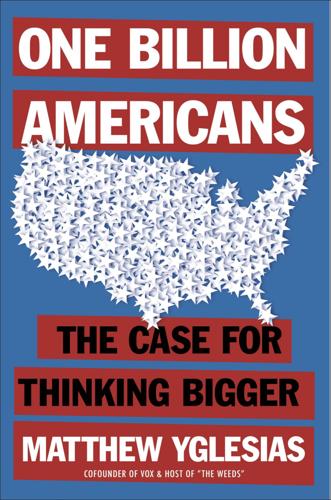
One Billion Americans: The Case for Thinking Bigger
by
Matthew Yglesias
Published 14 Sep 2020
Fortunately, for the vast majority of modern Americans who have cars, the solution castigated as “sprawl” by its opponents works perfectly well. A working-class family living in the Oklahoma City metro area may not be able to afford a house in the absolute best school district or nicest neighborhood, but through the logic of “drive until you qualify,” it can get a house somewhere. The expansive urban footprints that result aren’t always very aesthetically charming, and hyperdependence on automobiles raises public health and ecological problems. But “build more highways and make the city bigger” does pretty much work as a solution to the problem of land scarcity.
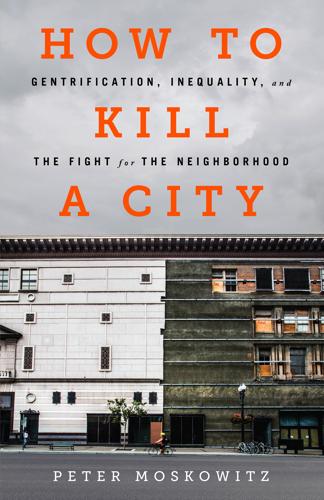
How to Kill a City: The Real Story of Gentrification
by
Peter Moskowitz
Published 7 Mar 2017
The struggle just did not seem worth it. The landlord turned the apartment into a one-bedroom, got rid of the high ceilings and wainscoting to make it more modern, and raised the rent to $3,000. That was in 2011; it likely costs even more now. So Oscar did what’s become known in real estate circles as “drive until you qualify”: he searched for two-bedroom condos for himself and his mother farther and farther and farther from San Francisco until he found one that he could afford, here in Concord. The trip between Concord and San Francisco can take thirty minutes or more than an hour, depending on the traffic. There is little in the way of culture or community here.

Green Metropolis: Why Living Smaller, Living Closer, and Driving Less Are Thekeys to Sustainability
by
David Owen
Published 16 Sep 2009
As the price of fuel contributed to business closures, job layoffs, and rapid increases in the cost of food, clothing, medical care, and travel of all kinds, American homeowners at the margin were pushed beyond their ability to adjust—especially if the houses they had stretched to buy were in the newest, most distant suburbs, whose residents face the longest, most expensive commutes. (“Drive until you qualify” is the mortgage broker’s expression of the inverse relationship between fuel consumption and what buyers perceive to be affordable real estate.) A new house that was barely within reach when oil was $20 a barrel became a financial land mine when oil was $145 a barrel. The global credit bubble would have burst regardless—for too many years, too many financial institutions had aggressively lent money they didn’t have to people who couldn’t pay it back, making it easier for all of us to buy things we couldn’t afford—but the cost of energy was among the proximate causes, and it will always be one of the main factors determining the health of any of the world’s economies, from the poorest to the richest.
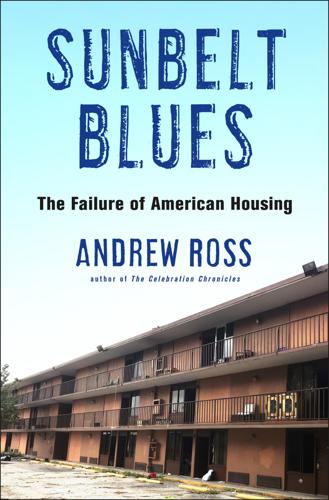
Sunbelt Blues: The Failure of American Housing
by
Andrew Ross
Published 25 Oct 2021
But the overall costs of sprawl, to residents and nonresidents like, are prohibitive, amounting in the US to more than a trillion dollars a year.1 And the financialization of the housing market means that the payoff for individual home buyers is by no means guaranteed. In the years before 2008, for example, lower-income prospective buyers of single-family homes were advised to “drive until you qualify”—only to find themselves saddled with subprime loans and stranded out in the foreclosure belts after the housing crash, dozens of traffic-choked miles from places of employment. Developments under construction became “ghost subdivisions,” riddled with weed-strewn lots and unfinished roads.
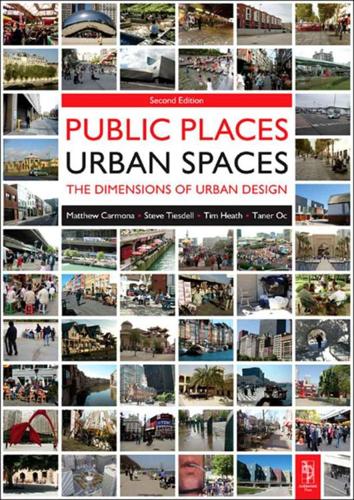
Public Places, Urban Spaces: The Dimensions of Urban Design
by
Matthew Carmona
,
Tim Heath
,
Steve Tiesdell
and
Taner Oc
Published 15 Feb 2010
TABLE 2.2 Costs and Benefits of Driveable Suburbanism Source: Adapted from Leinberger (2008: 67, 84–5). Benefits • Terrestrial affiliation – having a piece of land to call one’s own • Lower costs, due to inherently cheaper construction and (hidden) infrastructure subsidies • More land, particularly if one is willing to ‘drive until you qualify’ • Lower community taxes • Privacy • Perceived safety • Abundant free parking. Costs • Automobile dependence, leaving essentially only one means of transportation • Social segregation• Concentration of poverty, resulting in major social problems • Lack of access to jobs for many lower income and minority households • Exclusion of non-drivers from society – those too old, too young, too poor, disabled, or not interested • Secession of the elites, propelling the growth of a two-class society • NIMBY (not in my back yard) development groups, trained to oppose driveable suburban development